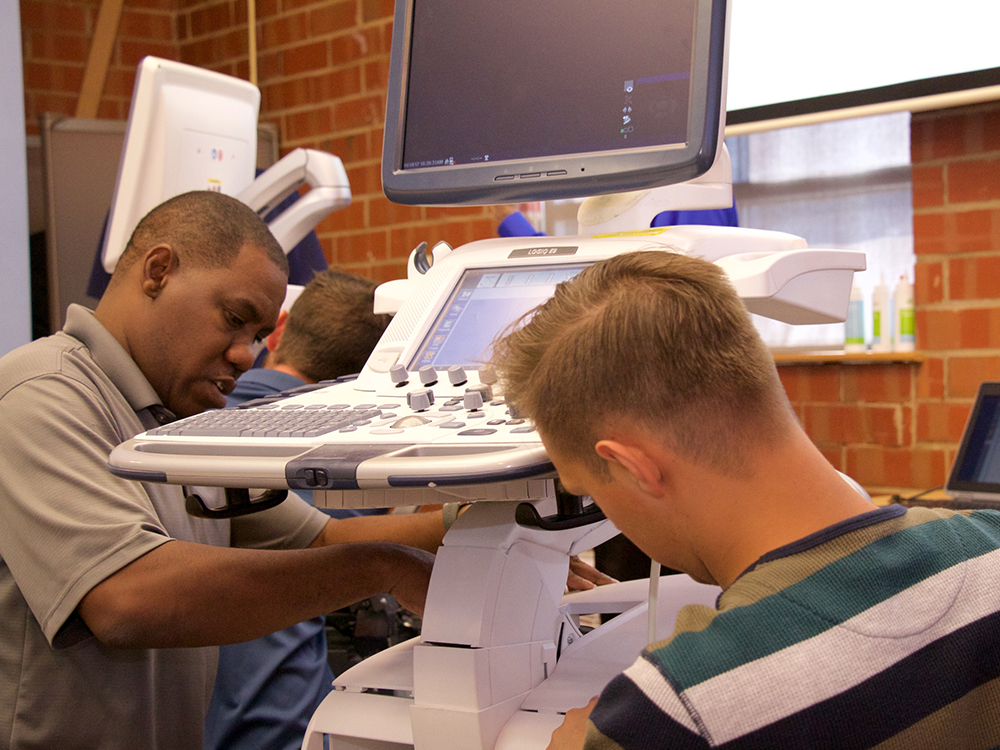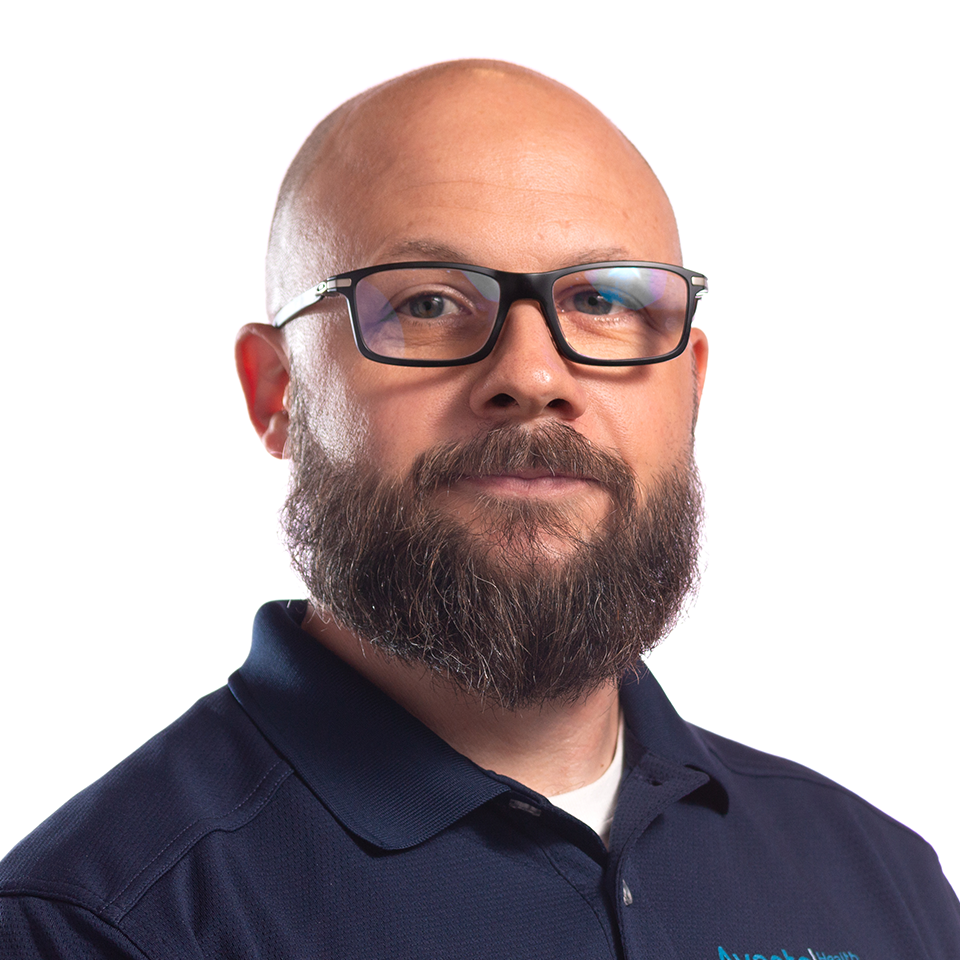Ultrasound Troubleshooting Tips: GE Vivid and Logiq E9 Platforms
June 5, 2019

By Scott Trefny, Imaging Service Professional at Avante Ultrasound
The GE Vivid/Logiq E9 platform is one of the most widely used platforms in the ultrasound industry. The popularity of these systems has allowed me to provide on-site service and remote technical support for a variety of common issues. Often these problems don’t require a “seasoned” engineer, because the issue can be fixed without tools and completed by the end user or someone with minimal ultrasound experience.
Troubleshooting Tip 1: "System Overheating" Message
One of the most common issues my team and I receive on technical support calls is a "System Overheating" message. On GE Vivid/Logiq E9 platforms, the fan assembly is covered by a wire mesh that filters the fine dust that escapes from a separate filter. This dust collection then causes the fans to slow down, making the system overheat. Any time you suspect an overheating issue on either of these platforms, cleaning the filters should be your first step.
Start by shutting the system down, and then removing the external filter located under the system. The filter is accessed using the handle near the right caster. Remove the dust from the filter using a soft brush or vacuum, and then replace the filter. If the error message continues after you’ve cleaned the filter, dust may be collecting in the fan tray assembly itself. At this point, a service engineer will need to remove the cosmetic panels and clean the fan tray assembly. At this point, if the problem persists check the fan on the Back End Processor (BEP) located on the internal left side of the computer for dust or improper operation.
Troubleshooting Tip 2: Operator Console Isn’t Locking
Another common call we receive pertains to the operator console not locking into place. This problem is typically caused by the operator forcibly pushing the top console into place while the unit is powered down, which can cause the calibration to be out of alignment or even damage the lock. The console’s lock mechanism, sometimes called the X-Y park lock, requires the operator to adjust the console while the unit is powered up in order to properly move it back into place where a cylinder gear will grab a "D" shaped hook.
If the operator console isn’t locking properly, you can calibrate the X-Y park lock to reset the cylinder to the original factory location. If the top console still doesn’t properly lock after calibration is performed, physical damage is usually the culprit. At this point, the assembly will need to be replaced by a professional ultrasound service provider.
Troubleshooting Tip 3: Properly Document Error Logs for Remote Support
Providing remote technical support for our customers is a major part of my job. Being able to help someone resolve an issue quickly over the phone has become easier over the past few years as more manufacturers enable systems for exporting error logs and reports. These reports provide us with a clearer understanding of the failures that the machine is presenting. Having full access to error logs also ensures that the correct parts are delivered on-site, allowing for less down time.
In order to gather error logs on GE Vivid and Logiq E9 platform systems, navigate to the main screen and press"Alt +D" on the keyboard to display the error reporting screen. From here, you can export to various kinds of removable media, including a USB drive, CD or DVD. Exporting the error logs can sometimes take a few minutes, depending on the unit’s software version. Once your logs have been exported, send the logs to a qualified service engineer for interpretation.
Troubleshooting Tip 4: Regular Maintenance Is Key
As with any medical device, proper care and maintenance of your ultrasound system will lengthen the life cycle of your equipment. Regular maintenance is the responsibility of the user and the HTM professional, and includes a variety of important tasks:
- Proper disinfection of the control and operator panels.
- Cleaning and replacing the filters.
- Proper transducer disinfection and storage.
- Leakage and safety testing.
- Timely reporting of equipment failures or errors.
